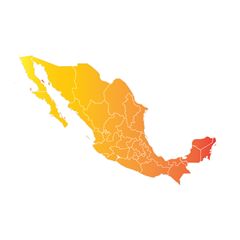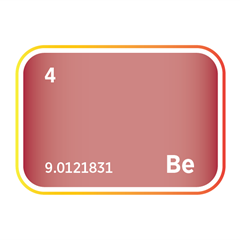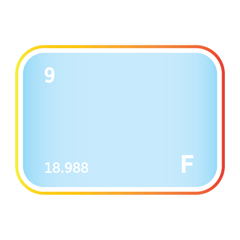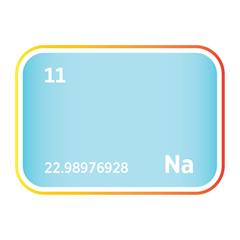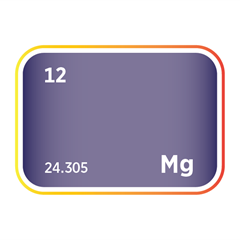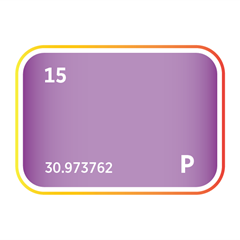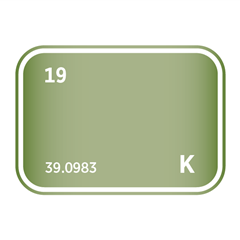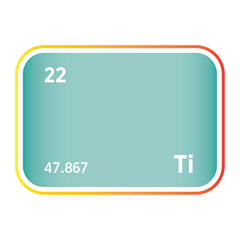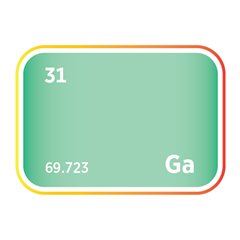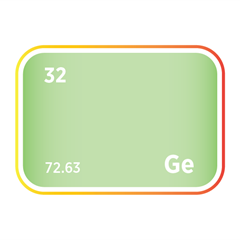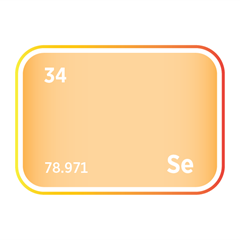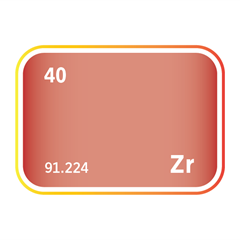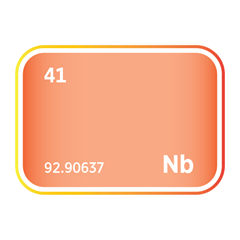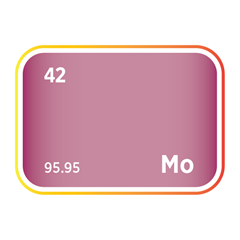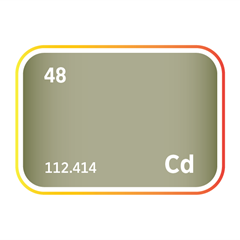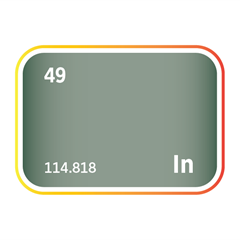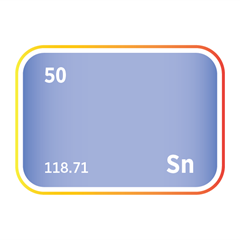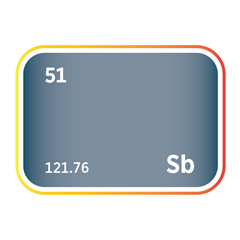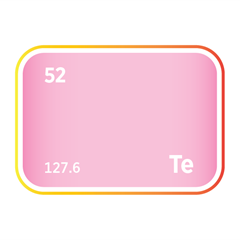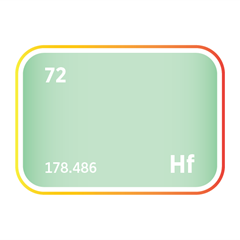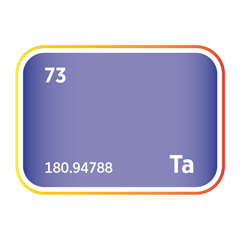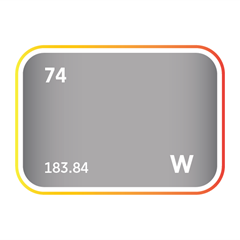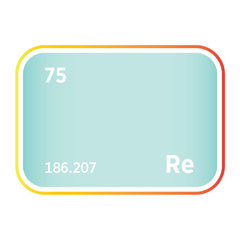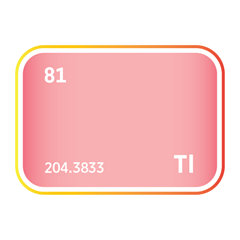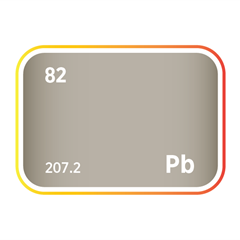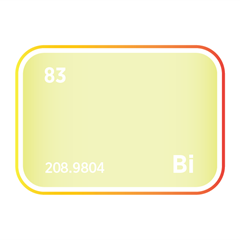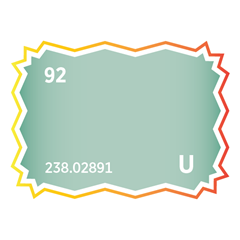Strontium
Critical Minerals and The Energy Transition
Navigating the Strontium Market
Strontium is a strategically important alkaline earth metal with specialised industrial applications, particularly in advanced ceramics, pyrotechnics, ferrite magnets, and increasingly, in emerging energy and defence technologies. While historically associated with colourants in television cathode ray tubes and fireworks, modern demand is driven by its use in ceramic capacitors, permanent magnets, and high-performance alloys. As such, strontium plays a quiet but indispensable role in electronic manufacturing, automotive components, and military-grade materials. Global strontium supply is geographically concentrated and heavily dependent on celestite (strontium sulphate) mining. China dominates both production and processing, followed by Spain and Mexico, creating potential vulnerabilities in global supply chains amid rising geopolitical tensions and resource nationalism. While strontium is not currently listed as a critical raw material in most jurisdictions, its importance is growing due to its unique properties and the absence of widely effective substitutes in many high-tech applications. With new technologies placing renewed emphasis on performance materials, the strategic relevance of strontium is likely to increase. Future supply security will hinge on investment in diversified production, resource development in underexplored regions, and policy frameworks that recognise its latent criticality in defence, energy, and digital infrastructure.
An introduction to strontium
Strontium demand and end-uses
Strontium is an alkaline earth metal with various industrial, electronic, medical, and pyrotechnic applications, underpinned by its ability to impart colour, enhance material properties, and act as a chemical stabiliser. Though used in relatively modest volumes compared to other industrial metals, strontium compounds are essential in several high-value manufacturing processes, with demand influenced by both legacy uses and evolving technological developments.
Historically, strontium’s most extensive application was in colour cathode ray tubes (CRTs) for televisions, where strontium carbonate was used to block harmful X-rays and improve image quality. While CRT demand has declined sharply due to digital display technologies, strontium has maintained industrial relevance through other applications, particularly in pyrotechnics, ceramics, metallurgy, and electronics.
One of the most visible uses of strontium is in pyrotechnics, where strontium nitrate and strontium carbonate produce the deep red colour in flares, fireworks, and signal devices. These compounds offer excellent colour purity and combustion stability, making them indispensable in both civilian fireworks and military-grade pyrotechnics, such as aerial flares and tracer ammunition.
In ceramics and glass manufacturing, strontium compounds are used as fluxing agents, modifying the melting characteristics of materials to improve texture, strength, and durability. Strontium oxide is used in frits and enamels to increase hardness and corrosion resistance, while strontium carbonate is blended into glazes for tableware and sanitary ceramics. These applications contribute to consistent demand from the construction, consumer goods, and industrial ceramics.
In metallurgy, strontium produces aluminium-silicon alloys, particularly in the automotive and aerospace sectors. Small additions of strontium act as a grain refiner, improving mechanical properties and ductility in cast components such as engine blocks, cylinder heads, and structural parts. This use supports lightweighting and performance in transport systems, aligning with broader fuel efficiency goals and emissions reduction.
Strontium is also used in ferrite magnets, tiny electric motors, speakers, and electronic devices. Strontium ferrite offers good magnetic performance at low cost and is valued for its corrosion resistance and thermal stability. While these magnets have lower energy density than rare-earth types, they remain essential in applications where cost, durability, and scale are more critical than compact size or maximum performance.
In the medical field, strontium ranelate has been used to treat osteoporosis, helping promote bone formation and reduce fracture risk. Although its use has declined due to regulatory changes, research continues into strontium-based materials for bone implants and dental applications, where strontium’s similarity to calcium supports biocompatibility and bone regeneration.
Isotopic strontium is used in niche scientific and analytical applications, including geological dating, environmental tracing, and nuclear forensics. Strontium-90, a radioactive isotope, is a by-product of nuclear fission and has been used in specialised long-life batteries for remote or space applications. However, its handling is strictly controlled due to its radiotoxicity.
Strontium demand is expected to remain stable in ceramics, metallurgy, and pyrotechnics, with potential growth in ferrite magnet production, biomedical materials, and environmental applications. As sustainability and supply resilience gain prominence, interest is growing in recycling strontium-bearing waste and exploring new high-purity celestite sources.
Though strontium may not be as high profile as other critical minerals, its role in enabling colour, strength, magnetism, and material stability ensures it continues to support a wide range of modern technologies. Its versatile compound chemistry, compatibility with existing processes, and specialised performance characteristics make it a quiet but vital contributor to industrial, scientific, and cultural life.
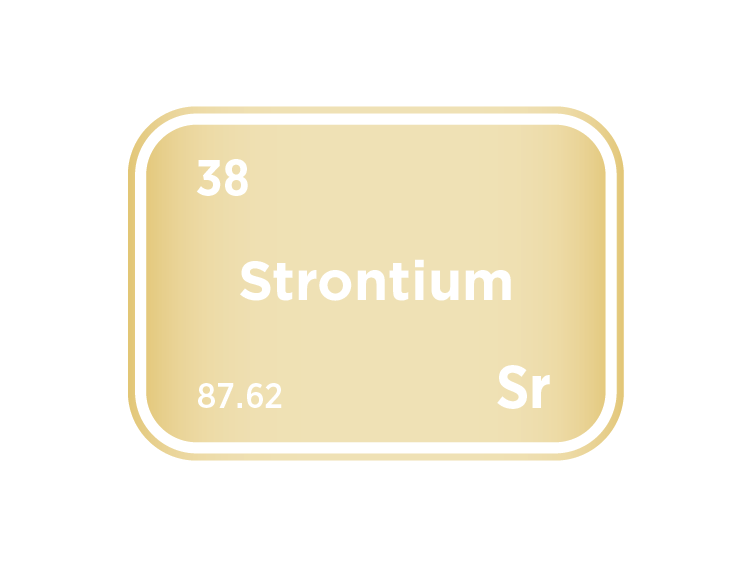
Strontium supply
Strontium is primarily extracted from the minerals celestite (SrSO₄) and, to a lesser extent, strontianite (SrCO₃), with the vast majority of global supply derived from celestite. This mineral is processed into key industrial compounds such as strontium carbonate, strontium nitrate, and other downstream materials used in ceramics, pyrotechnics, ferrite magnets, and electronic components. Over 75% of strontium consumption is concentrated in these core applications, particularly in ceramic glazes, pigments, and colour correction in television and display glass, though the latter is declining. Increasingly, strontium carbonate is gaining importance in advanced ceramics and electroceramics, including multilayer ceramic capacitors (MLCCs) used in critical electronics. Supply chains will likely face additional pressure as demand grows in electronics and green energy technologies.
Global supply is geologically constrained and geopolitically concentrated, making it particularly sensitive to disruptions in mining policy, trade dynamics, and environmental regulation. China is the dominant global producer of strontium compounds and exerts significant influence over processing capacity, sourcing celestite domestically and through imports. Spain is a major source of high-grade celestite, especially from the Montevive deposit in Andalusia. At the same time, Mexico maintains substantial production from Coahuila and San Luis Potosí, supplying raw celestite to processors in China and the United States.
Iran and Argentina possess notable reserves but remain limited in output due to infrastructure, sanctions, or early-stage project development. Iran has historically exported raw celestite, though geopolitical constraints have disrupted international trade. Argentina’s deposits remain largely undeveloped, offering future potential. Additional exploration is ongoing in Turkey, Pakistan, and Algeria, which may eventually emerge as new suppliers and help diversify the market.
The supply chain for strontium is particularly vulnerable due to its reliance on primary celestite mining. There is little to no large-scale recycling infrastructure, and strontium is not typically recovered as a by-product from other mining activities. This non-recyclable nature adds rigidity to supply and increases exposure to price volatility, export controls, and production bottlenecks. Environmental pressures, particularly around open-pit mining and sulphate waste management, further complicate the outlook for long-term extraction.
While stable strontium is non-toxic and widely used, radioactive strontium isotopes (e.g., Sr-90) in nuclear contexts can confuse public discourse or policy spillover, even though these isotopes are not part of the commercial supply chain. Nonetheless, they can affect investor sentiment and regulatory caution.
Some countries, especially China, treat strontium as a strategic material, and while it is not currently subject to widespread export restrictions, future classification as a critical raw material could lead to tighter controls. With the rise of strontium applications in defence and electronics, monitoring China's materials policy and investing in alternative sources will be essential to maintaining a stable supply and insulating critical industries from geopolitical risk.
Historical strontium mineral producers
Strontium substitution
Strontium substitution is limited due to its unique chemical and physical properties, particularly in ceramics, pyrotechnics, and specialised electronic components. However, in many applications, alternatives exist that can partially replace strontium, depending on performance requirements, cost, and availability.
In ceramics and glass manufacturing, barium carbonate can be used as a substitute for strontium carbonate in certain glaze and frit formulations. Barium performs similarly in providing whiteness, opacity, and thermal stability. Still, it has a higher toxicity profile, making it less desirable for applications in cookware, food-safe ceramics, or environmentally sensitive products. In cathode-ray tubes and older television glass, where strontium was used to block X-ray emissions, this market has declined sharply with the shift to flat-panel displays, reducing the urgency for substitutes.
Barium ferrite is the most common substitute for strontium ferrite in ferrite magnets, which are used for small motors, speakers, and microwave devices. While performance is comparable, strontium ferrite generally offers superior coercivity and thermal stability, making it more desirable in high-performance or high-temperature environments. Substitution here often results in some performance trade-offs.
Strontium nitrate is difficult to substitute in pyrotechnics, particularly red-coloured fireworks and flares. Its dual role as a colourant and oxidiser makes it integral to formulation. Alternatives such as lithium salts can produce similar red hues, but they tend to be more expensive, less vibrant, or less chemically stable under field conditions. As a result, strontium remains dominant in this sector.
In electronic ceramics, especially multilayer ceramic capacitors (MLCCs), strontium-modified titanates are used to fine-tune dielectric properties. Substituting strontium in these formulations is technically challenging, as it influences grain structure, temperature stability, and permittivity. Calcium or barium may be used in some contexts, but this typically affects performance and reliability, especially in high-frequency or temperature-variable environments.
Calcium and magnesium are possible alternatives in agricultural applications where strontium is used as a dietary supplement or additive (e.g. for livestock bone health). However, strontium has distinct metabolic pathways and benefits in specific contexts.
While partial substitution is possible in several applications, many of strontium’s industrial roles rely on specific material behaviours that are difficult to replicate. Substitution options remain limited or carry performance penalties in areas such as defence electronics, advanced ceramics, and colour-specific pyrotechnics. Consequently, strontium’s strategic importance is likely to rise in sectors where performance consistency and material reliability outweigh the cost of supply constraints.



Meet the Critical Minerals team
Trusted advice from a dedicated team of experts.

Henk de Hoop
Chief Executive Officer

Beresford Clarke
Managing Director: Technical & Research

Jamie Underwood
Principal Consultant

Dr Jenny Watts
Critical Minerals Technologies Expert

Ismet Soyocak
ESG & Critical Minerals Lead

Thomas Shann Mills
Senior Machine Learning Engineer

Rj Coetzee
Senior Market Analyst: Battery Materials and Technologies

Franklin Avery
Commodity Analyst

How can we help you?
SFA (Oxford) provides bespoke, independent intelligence on the strategic metal markets, specifically tailored to your needs. To find out more about what we can offer you, please contact us.



